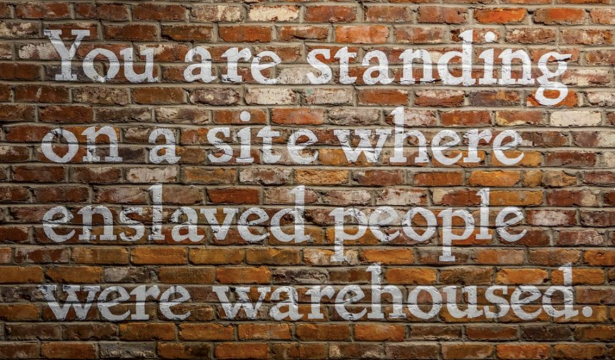Two weeks ago, I made a pilgrimage, with thousands of others, to witness the opening of the Memorial for Peace and Justice in Montgomery Alabama. Entering the Memorial, I saw hundreds of rusted metal pillars, first standing at eye level, then gradually, as the corner turned and the floor descended, lifting from the ground until they were hanging from the ceiling above, etched with the names of Black victims of brutal lynchings from around the country. Over 4,400 lynched Black bodies were represented on those pillars.
Those pillars are meant to be a constant reminder of where this country has been. The Equal Justice Initiative's (EJI) recently unveiled Memorial, together with its Legacy Museum are some of the most haunting and courageous efforts to not only resurrect this country's dark past, but to also trace it to a present in which Black lives are still devalued and forsaken.
The most powerful way to bury a history of oppression is to sever it from the present, to deny that such oppression is in any way connected to the current status quo. Filmmaker Ava DuVernay, in a panel moderated by the renowned poet Elizabeth Alexander during the opening summit for the Museum and Memorial, shared with us her motivation to tell Black stories. She said, as I wrote in my notebook, "We so often find ourselves in a story we're not telling," which means that "every day, we're not sure who owns our stories."
The Legacy Museum, on the site of a former slave warehouse, unequivocally reclaims Black history from the perspective of the communities enduring continuing traumas, weaving the thread from slavery to mass incarceration, all enabled by explicit and implicit white supremacist ideologies. I went from reading accounts of enslaved children being sold off from their parents, to a picture of a 13 year old Black boy crying in his mother's arms after being sentenced to life without parole. Anthony Ray Hinton, a wrongly accused death row inmate, described in a viedo how the lynchings of the first half of the 20th century have transformed into the legally sanctioned executions of today: "They took off the white robe, and put on the black robe." This is what EJI has shown us: that slavery, racialized violence and segregation never really ended - they have only evolved, taking on different forms.
Read the entire article on at AL.com.


Spread the word